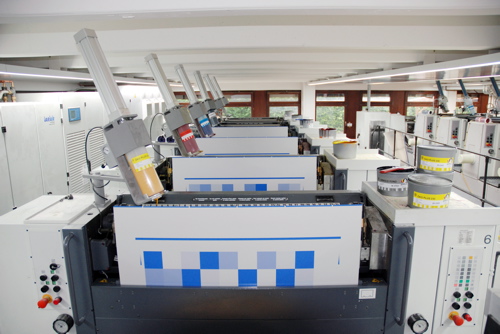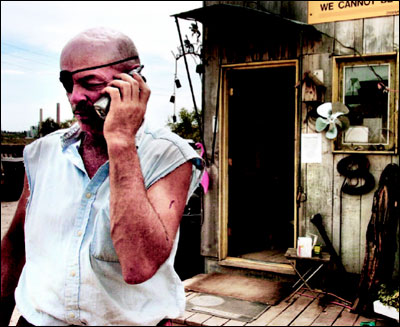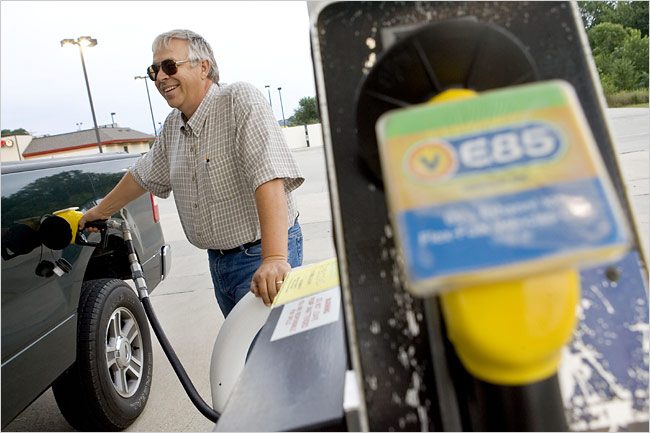 When you think about “greening” your print marketing, do you think about the age of your printer’s press? If the printer is running “big iron,” or a traditional offset printing press, then the age of the press can have a significant impact on the environmental sustainability of your print.
When you think about “greening” your print marketing, do you think about the age of your printer’s press? If the printer is running “big iron,” or a traditional offset printing press, then the age of the press can have a significant impact on the environmental sustainability of your print.
Why? Because newer presses are designed for maximum efficiency, both in consumables and paper waste. This is great for your printer because it keeps his running cost down. But from an environmental sustainability perspective, it’s great for you because fewer consumables, less paper waste, and faster makeready means a less impact on the environment in terms of chemical, solid waste, and energy use.
As just a single example, take the MAN Roland 700 DirectDrive press introduced at Graph Expo ’08, a commercial printing and publishing trade show held in Chicago, IL, over the last two weeks.
The press is described as “a make-ready monster with much less paper waste” that reduces press set-up time (make-ready) by 60%. Its DirectDrive system — the prototype of which was first shown at drupa four years ago — enables printing plate changes, blanket and impression cylinder prep, inking-roller wash-ups, all completed simultaneously.
[social_buttons]
Writes one industry analyst on What They Think:
The key innovation is the direct drive of the plate cylinders in this ROLAND 700DD, combined with an intelligent coupling system. Computer-controlled servo motors power the plate cylinders in the printing units, and the print cylinders are isolated from the main drive. This allows time-consuming make-ready tasks to be performed simultaneously. Since both plate-changing and wash-up, for example, occur at the same time, plate-changing time is effectively eliminated. That adds up and the result is time and money saved, day after day, job after job.
As a marketer, this may not mean much to you, but think about this in terms of environmental sustainability. “Make-ready” time is time spent preparing the press to produce the job. It’s not productive time. It’s like the time spent warming up your car. While the press is in make-ready, it’s consuming energy, ink, chemicals, and paper just as your car is consuming gas. These presses are huge — the size of the first floor of many homes — and the less time they are running, the better for the environment.
This is why the age of the press matters. Older presses (many printers are running presses 15, 20, even 30 years old) can take 10-15 minutes to makeready. Newer presses can get this down to minutes. On an older press, the quality of the output may be just as good, but you’re paying for it in environmental impact.
So when thinking through your choice in print provider, ask about the age of the press and the technologies in place to minimize makeready. It’s just another area of your business you can retrain your thinking to reduce your environmental impact.






